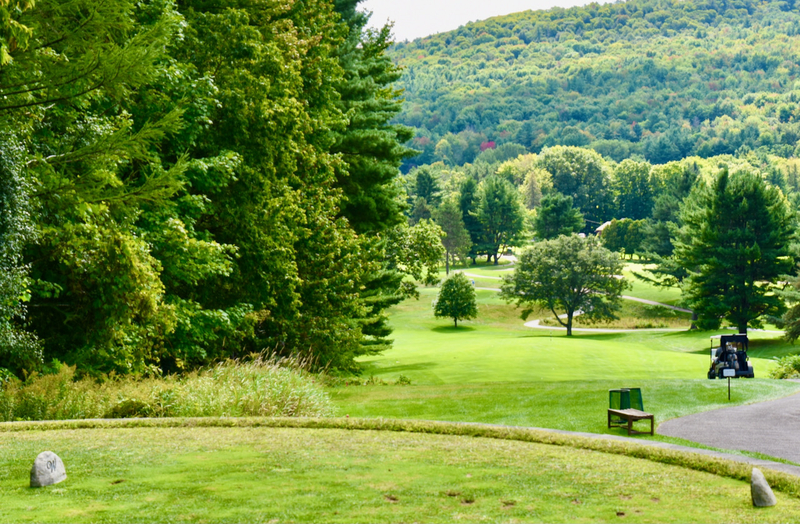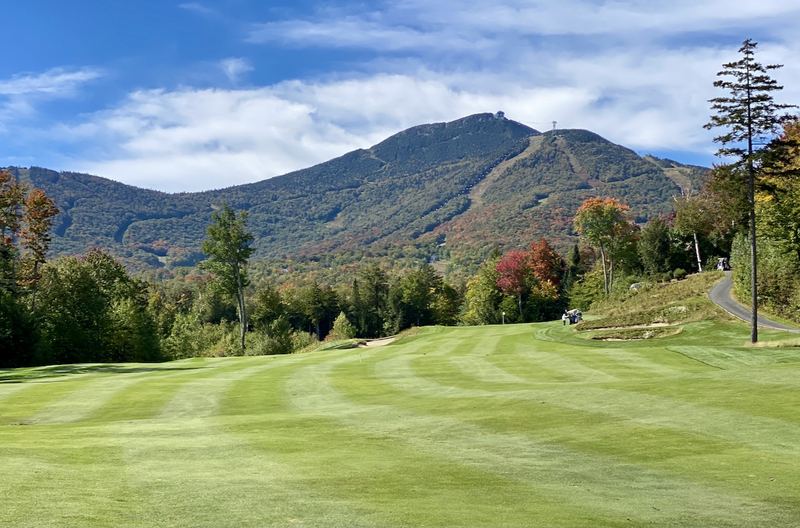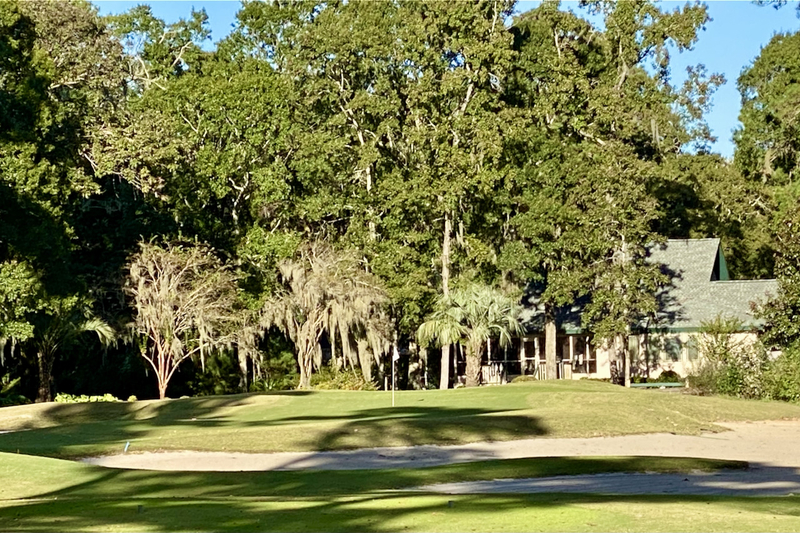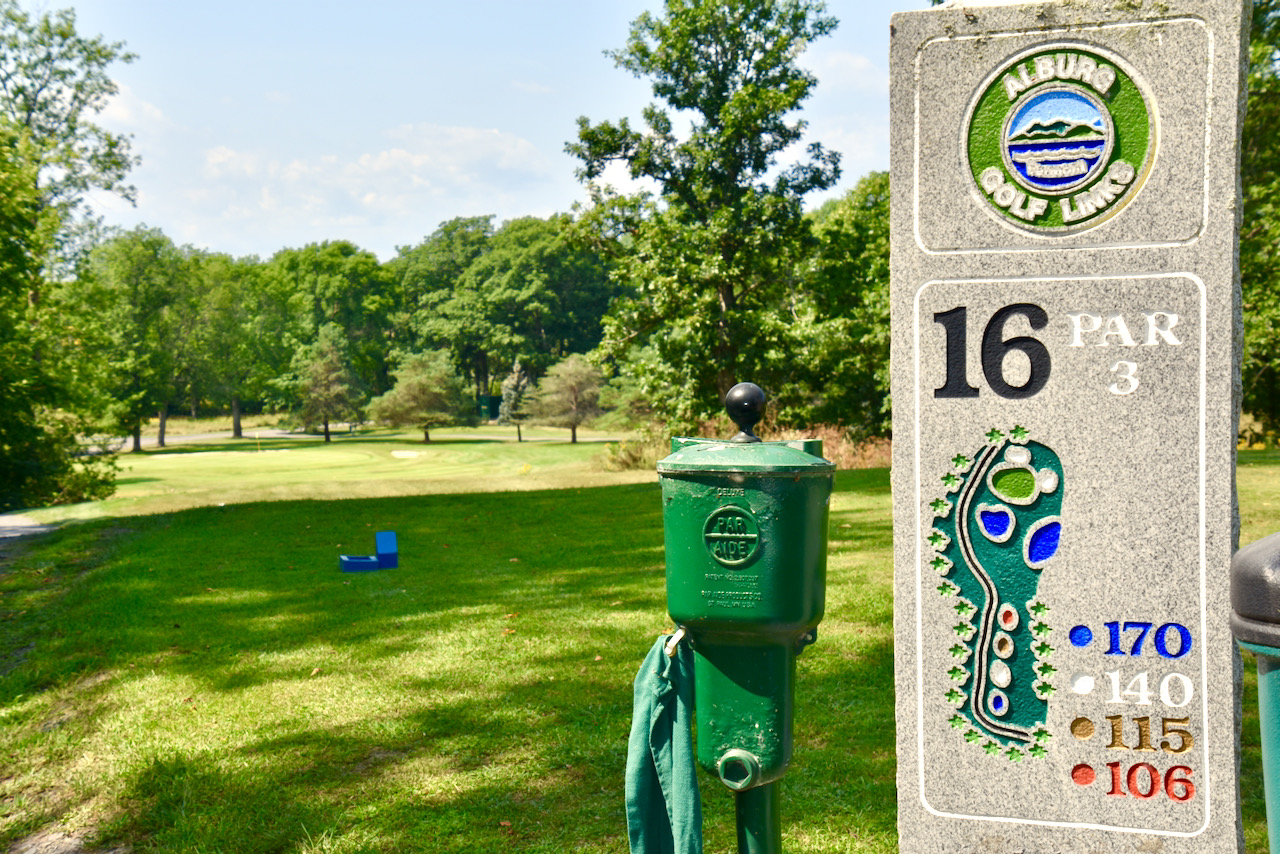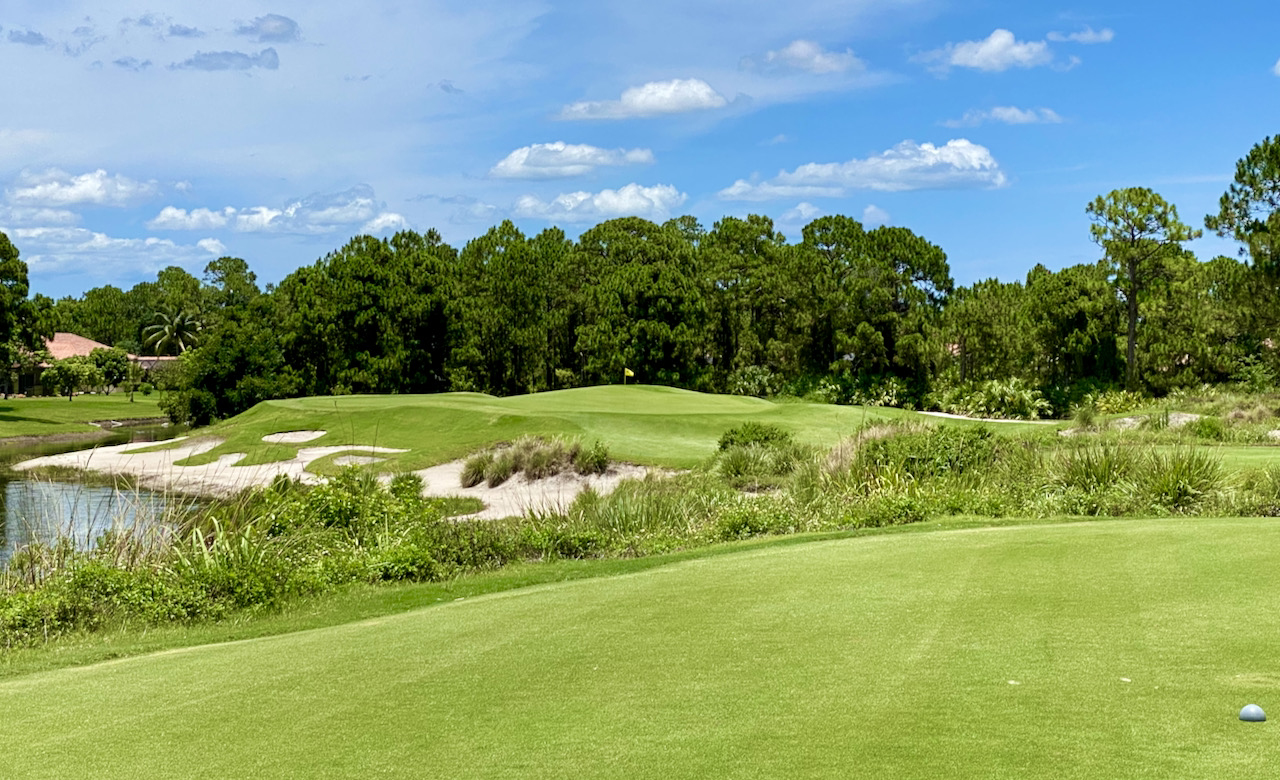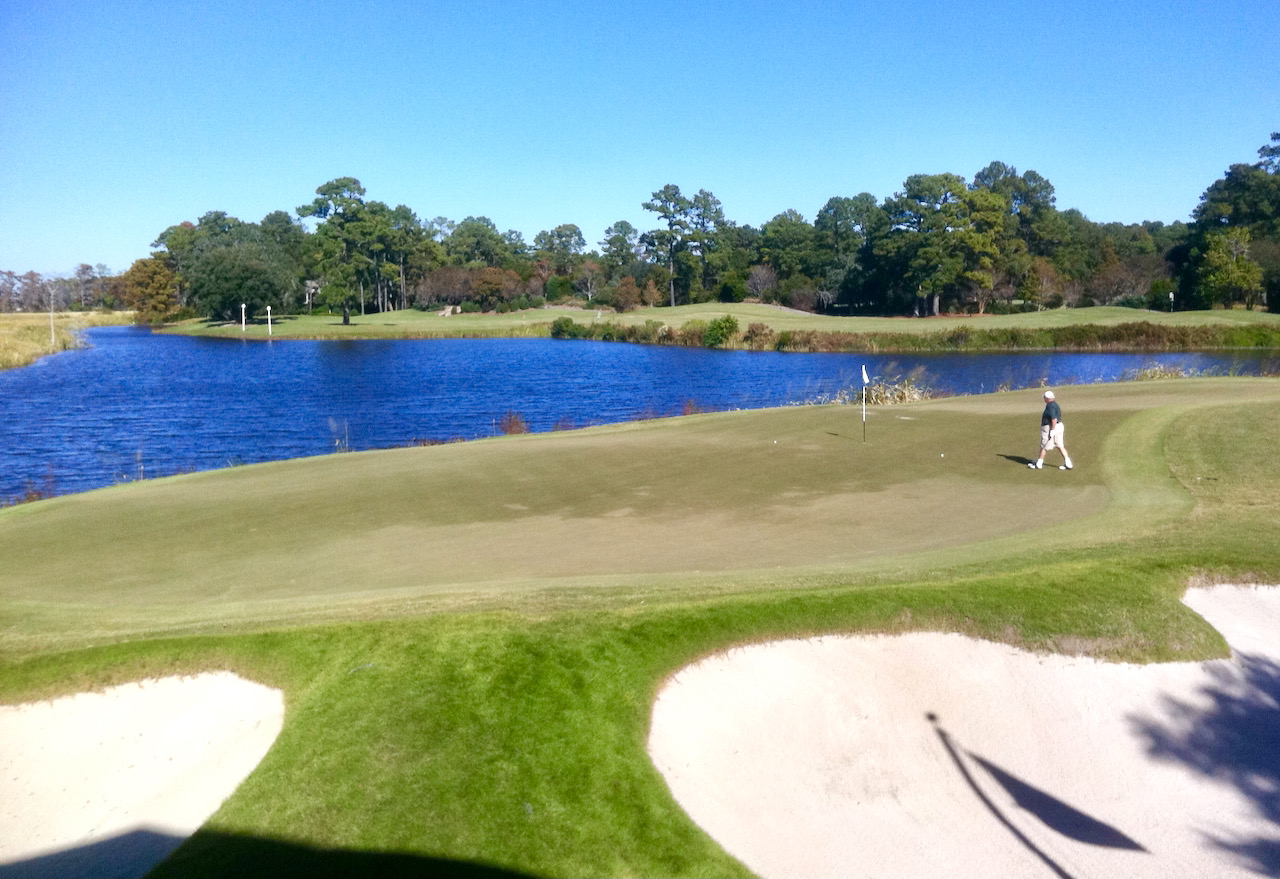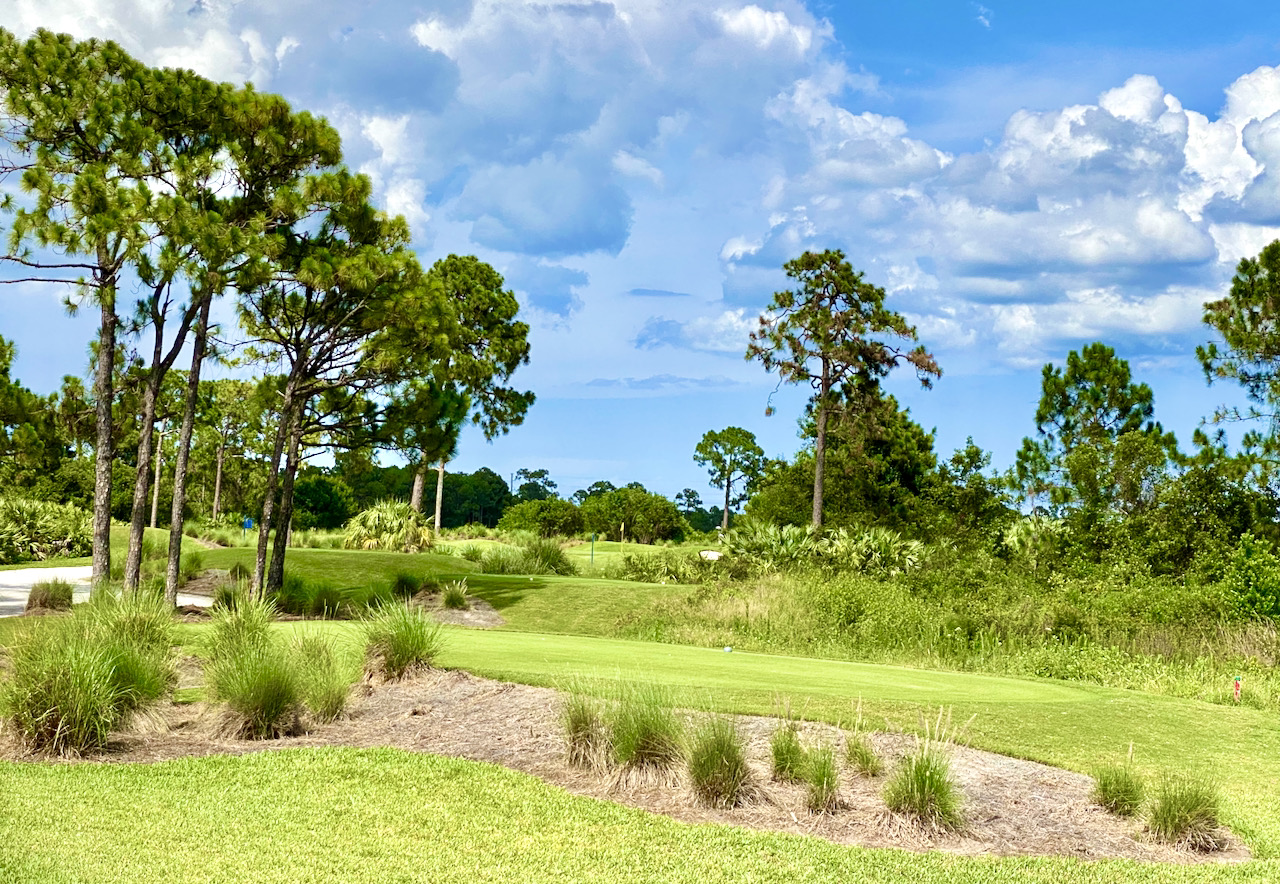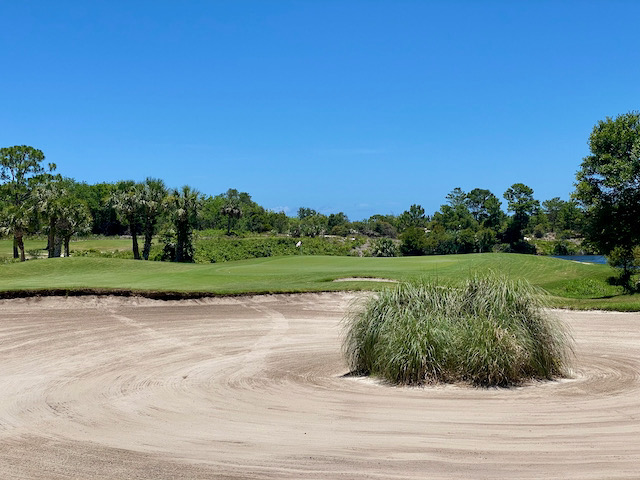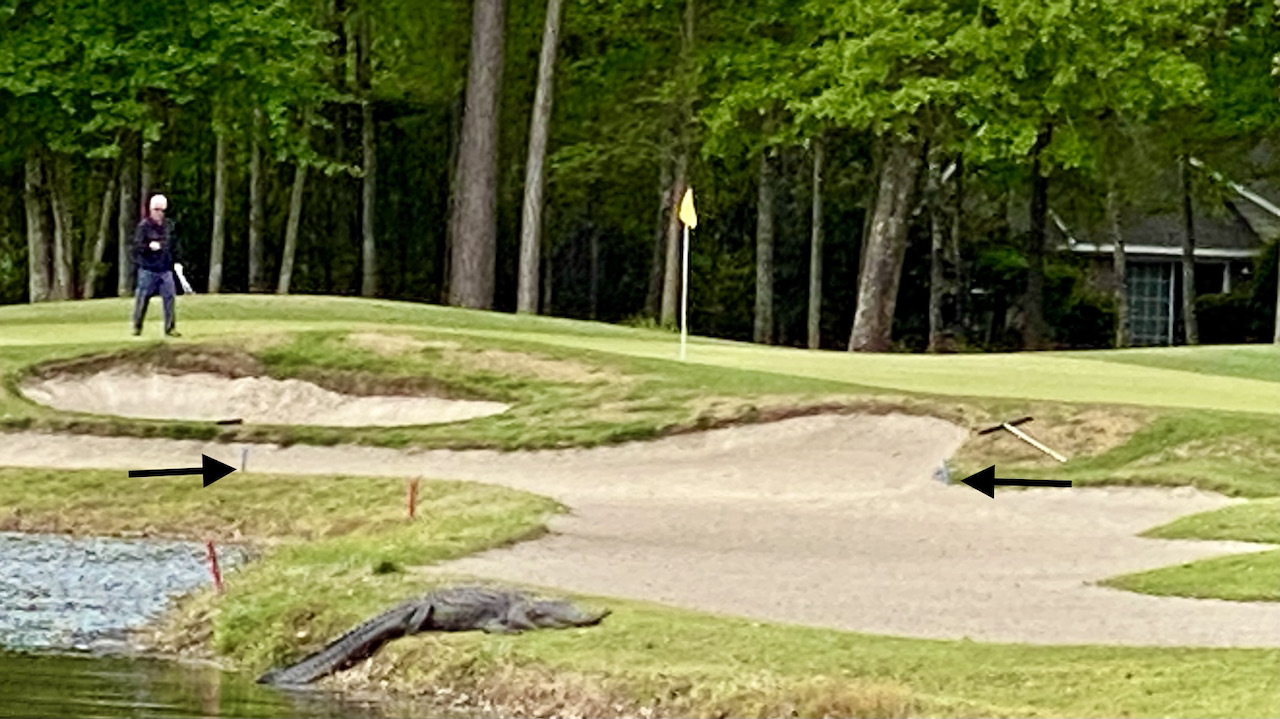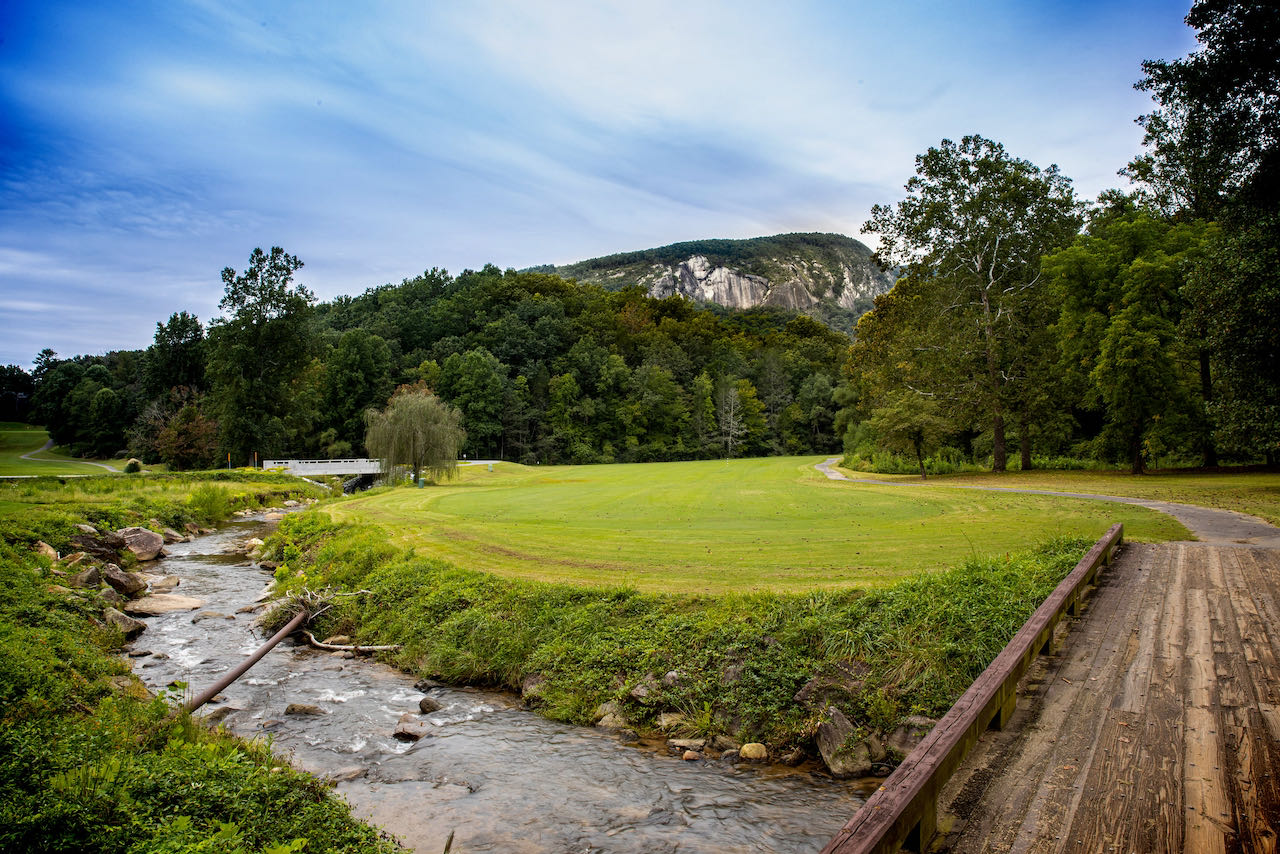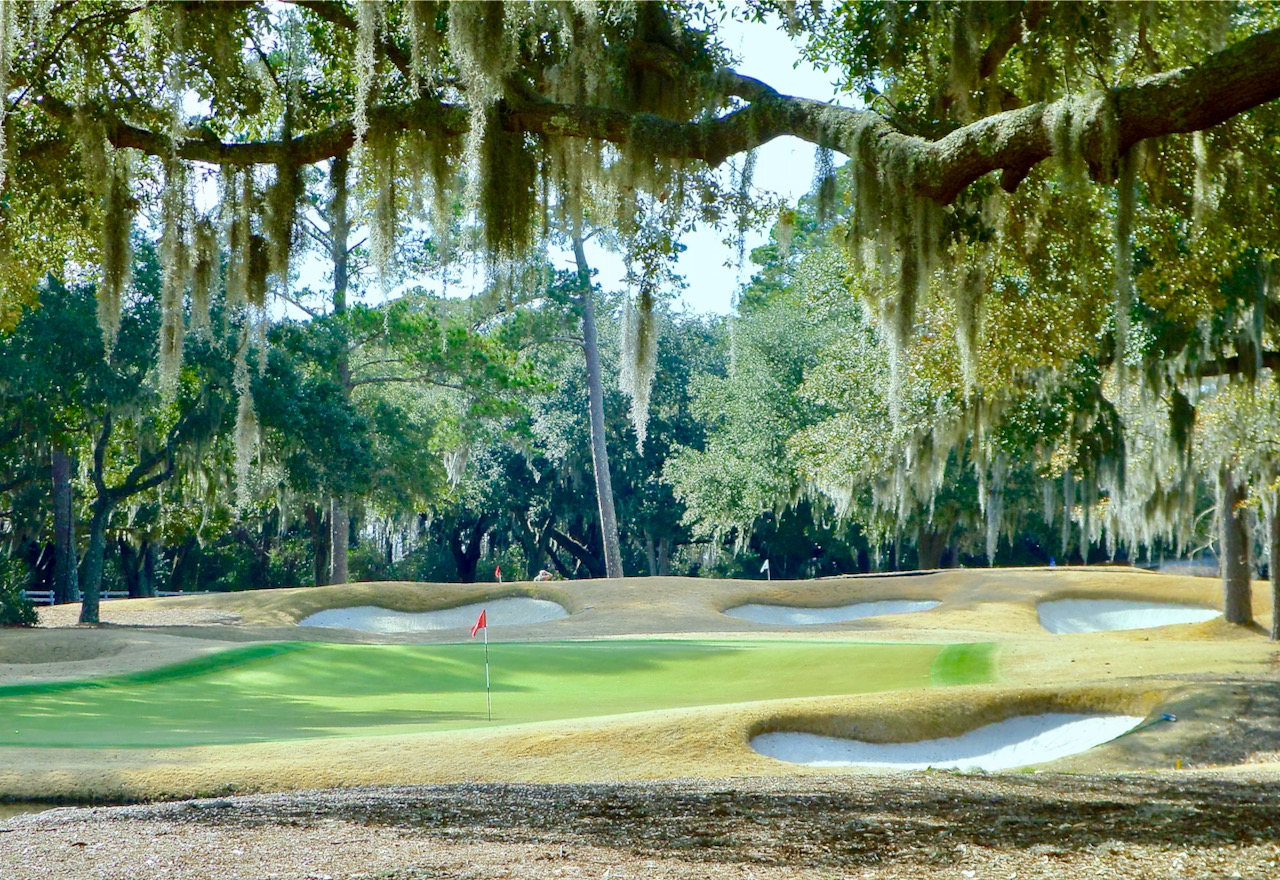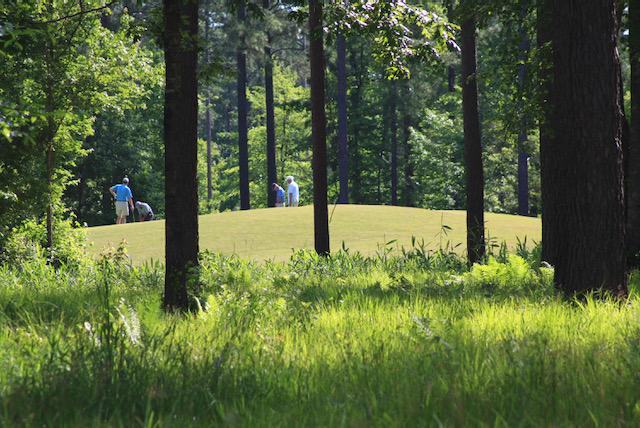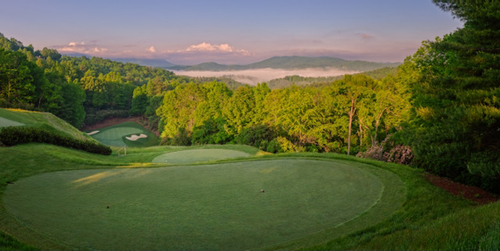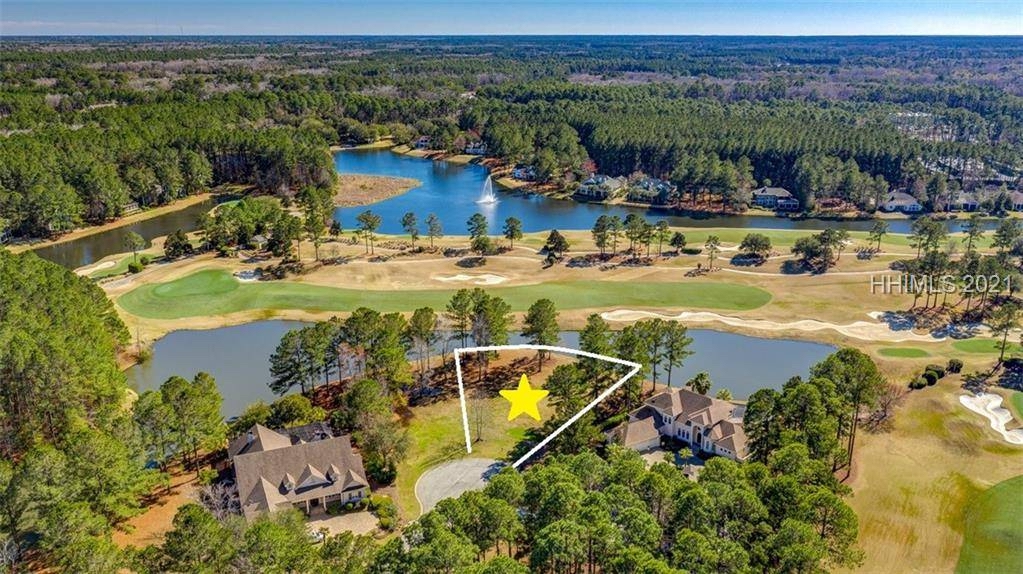Higher than normal sea surface temperatures and a weakening La Niña effect have led scientists in two respected organizations to come to about the same conclusion -– the upcoming hurricane season that begins next week is likely to produce above-average activity. The La Niña effect –- the opposite of El Niño -- lowers sea surface temperatures, leading to dryer periods. When the effect weakens, conditions support more rain.
The National Oceanic and Atmospheric Administration (NOAA) issued its latest hurricane season predictions just a few days ago, forecasting that the nation will endure between three and six major hurricanes during the season (one to three is “normal”); six to 10 hurricanes (five to seven normal); and 12 to 18 named storms (nine to 12 is normal). The official hurricane season lasts from June 1 to November 30.
The NOAA’s predictions follow and concur with those of
We have helped some of our readers find homes in golf communities along the eastern seaboard, and others are currently considering the purchase of a home near the coast in the Carolinas. History suggests major hurricanes occur there, on average, every couple of decades. In 1960, for example, Hurricane Donna set something of a record by becoming the first, and still only, storm to register hurricane-force winds in Florida, the Mid-Atlantic states, and New England, including 120 mph gusts in Manteo, NC, at the southern end of the Outer Banks.
It would be almost 30 years, however, before another storm of
With such modern inventions as the Weather Channel and with well-honed local evacuation plans in virtually every beach community, those who live along the coast receive plenty of warning and have plenty of escape options before the storms come. Modern construction methods have made homes in most locations able to withstand the strongest storms. Most of us will take our chances in exchange for the opportunity to be close by a mostly peaceful ocean. Our hope here is for a safe and uneventful 2011 hurricane season.







